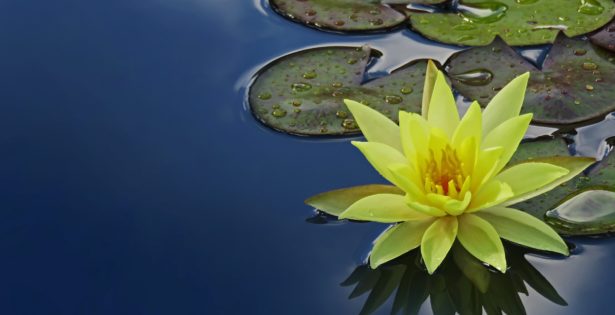Last week I discussed our tendency to get attached to a single point of view, and how this often keeps us stuck. When we recognize the validity of other perspectives… Read More
letting go
Choose Who You Want to Be
Two weeks ago I wrote about ways to ensure success with your resolutions. This week I want to look at ways to think differently about resolutions. The previous article was… Read More
A Freer Way to Experience the Holidays
One of the best ways to keep the holidays from turning into a holidaze is by practicing mindfulness during this season. Not only will a mindfulness practice help you through… Read More
The Drama Fast: A Tough but Rewarding Cleanse
(This is an “oldie but goodie” that went out in the Dragontree newsletter 15 years ago.) Part of The Dragontree’s mission statement is, “To seed our community with centered, peaceful,… Read More
Four Powerful Ways to Invite more Space into Your Life
In our book, The Well Life, Briana and I introduced three elements of life that are essential for happiness, balance, and peace: structure, sweetness, and space. I discussed the first… Read More
What are you feeling right now?
In this video, Dr. Peter Borten explains the basics of Body Centered Releasing, and the powerfully positive effect this practice can have on your life. Learning to use your body… Read More



 Cart
Cart





